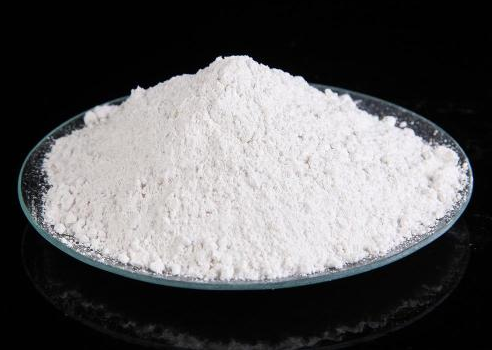Application of Magnesium Hydroxide Flame Retardant in Polymer Materials
Application of magnesium hydroxide flame retardant in polymer materials
The addition of non-metallic compounds to polymer materials as fillers and flame retardant materials can not only reduce the production cost, but also reduce the combustion performance of polymer materials and kill two birds with one stone. as inorganic flame retardant filler, magnesium hydroxide flame retardant has the characteristics of non-toxic, non-smoking, non-halogen, non-corrosive and good thermal stability. Because of the safety and environmental protection characteristics of magnesium hydroxide, it is widely used in plastics, cables, rubber and other industries.

Magnesium oxide formed by decomposition is also a good refractory material, which can also help to improve the fire resistance of synthetic materials, and it can also release water vapor as a smoke suppressant. Magnesium hydroxide is recognized as an excellent flame retardant in rubber and plastic industry with flame retardant, smoke suppression and filling triple functions. Widely used in rubber, chemical, building materials, plastics and electronics, unsaturated polyester and paint, paint and other polymer materials. Specifically, it can replace aluminum hydroxide by coating mine air guide duct, PVC core transport belt, flame retardant aluminum plastic board, flame retardant tarpaulin, PVC wire cable material, mine cable sheath, cable accessories, flame retardant, smoke and anti-static. excellent flame retardant effect. Magnesium hydroxide has better smoke suppression effect than similar inorganic flame retardants.
Magnesium hydroxide is a new type of filling flame retardant, which releases bound water and absorbs a large amount of latent heat in the process of thermal decomposition, so as to reduce the surface temperature of its filled synthetic material in the flame, which has the effect of inhibiting polymer decomposition and cooling the produced combustible gas.
Magnesium oxide produced by thermal decomposition of magnesium hydroxide is an ideal refractory material, in addition to helping to optimize the fire resistance of synthetic materials, and the decomposition of released water vapor also has the effect of smoke suppression. Therefore, in the rubber industry, magnesium hydroxide is recognized as a high quality flame retardant with the functions of smoke suppression, filling and flame retardant. At present, in the field of communication cables, the use of inorganic flame retardants abroad, such as Japan, the European Union and the United States, exceeds 64%, while China accounts for only 8%.
Magnesium oxide produced by thermal decomposition of magnesium hydroxide is an ideal refractory material, in addition to helping to optimize the fire resistance of synthetic materials, and the decomposition of released water vapor also has the effect of smoke suppression. Therefore, in the rubber industry, magnesium hydroxide is recognized as a high quality flame retardant with the functions of smoke suppression, filling and flame retardant. At present, in the field of communication cables, the use of inorganic flame retardants abroad, such as Japan, the European Union and the United States, exceeds 64%, while China accounts for only 8%.
The modification process of magnesium hydroxide is roughly divided into two kinds, one is to modify the finished magnesium hydroxide powder, the other is to modify in the process of preparing magnesium hydroxide. The modification of finished magnesium hydroxide is divided into wet and dry processes. The modification effect of wet process is good, but there is the problem of high cost and loss of modifier; the cost of dry modification process is low, but the modification effect is not satisfactory. However, titanate coupling agent, silane coupling agent, high-grade fatty acids and their metal salts are commonly used modifiers for magnesium hydroxide.

